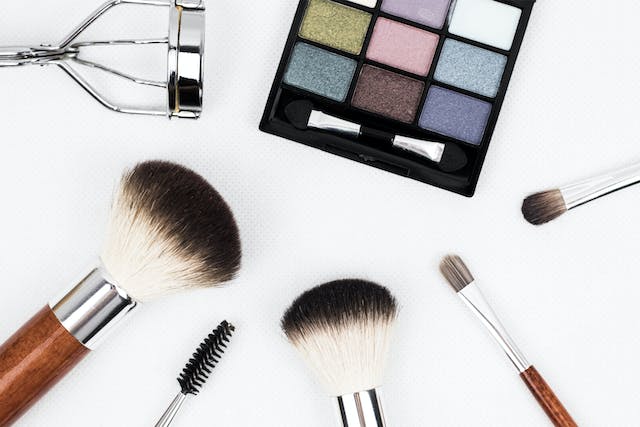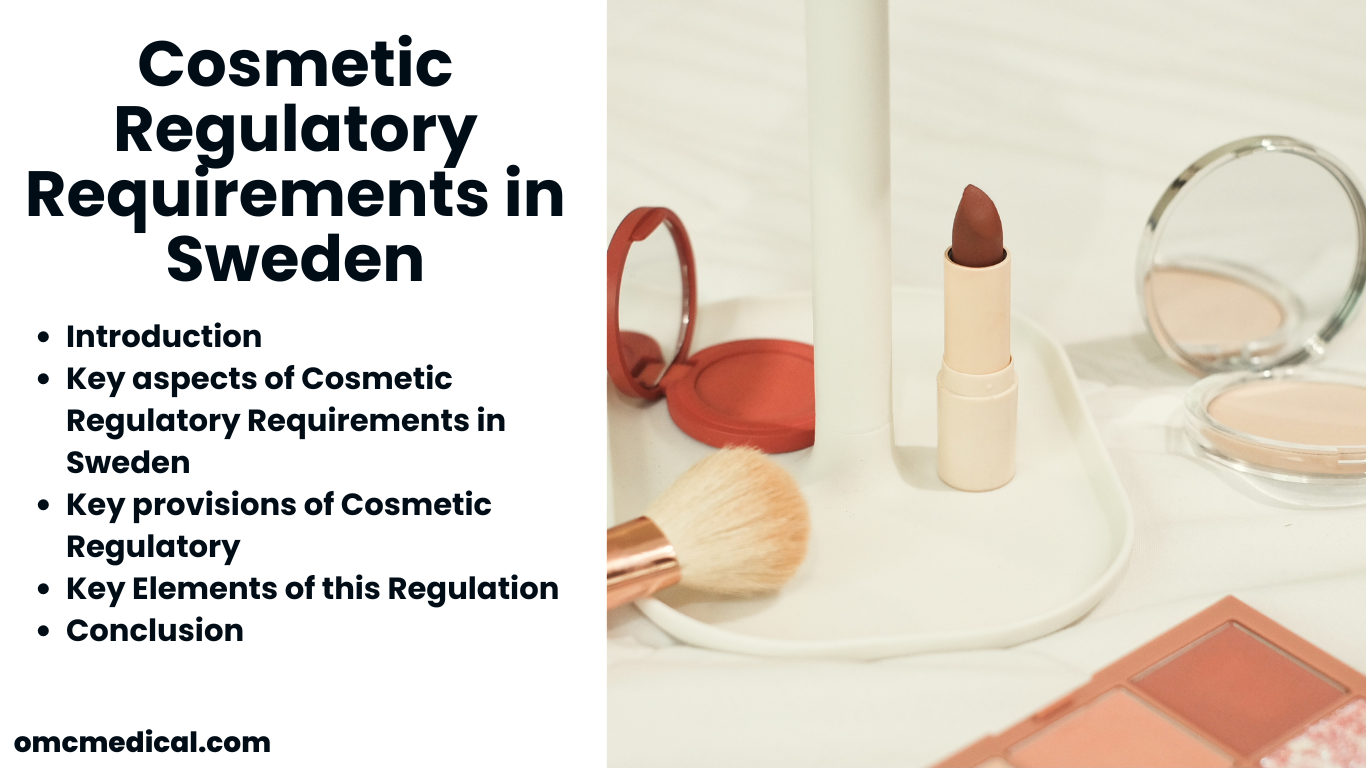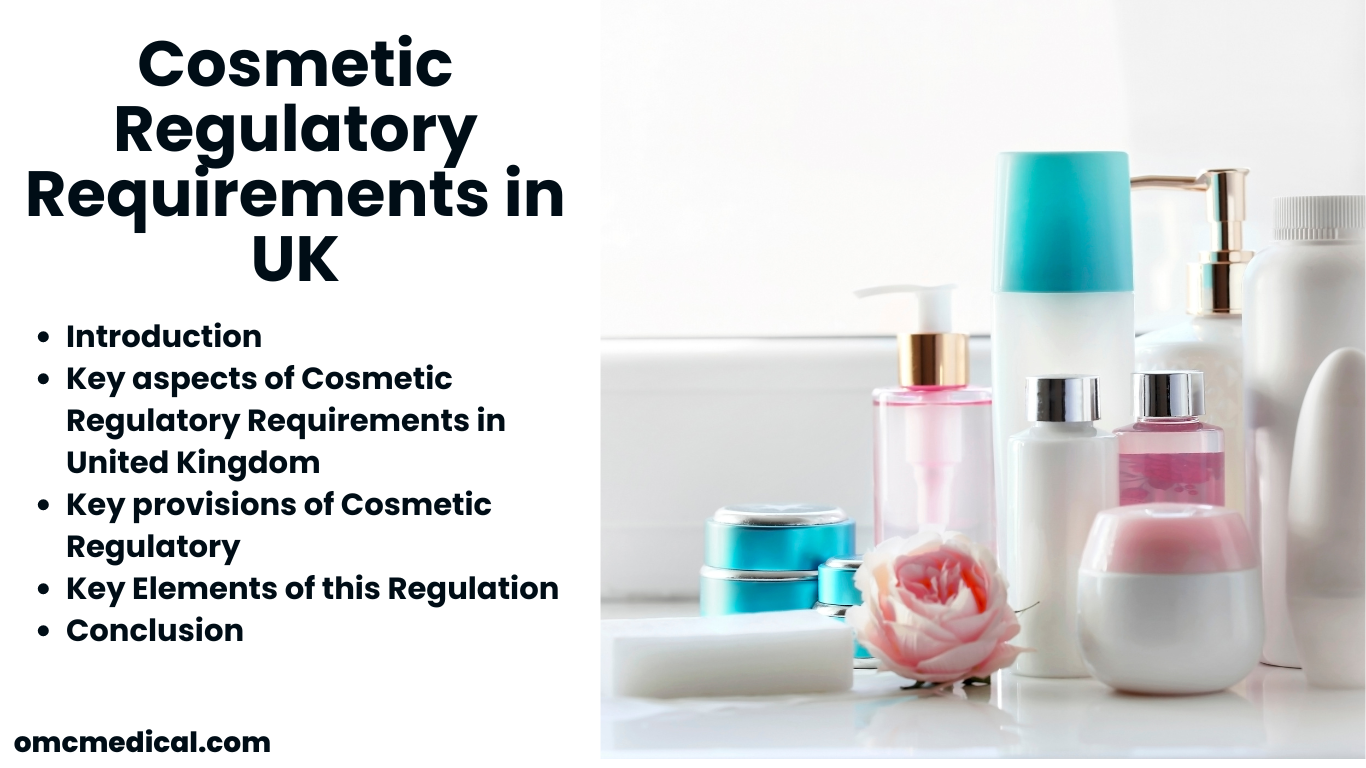Understanding the distinctions between product classes within the European cosmetics landscape can be complex and ambiguous, often requiring input from authoritative bodies.
Certain products may share similarities but fall under different regulatory frameworks. When products straddle these frameworks, they’re termed “borderline” by the European Commission (EC). Clear comprehension of a product category is vital to determine the regulatory requisites for the specific market.
Difficulties in evaluating and classifying products can arise even within the EU’s legal framework. For instance, within the EU Cosmetic Regulation 1223/2009, a mouthwash claiming “antibacterial” or “antiseptic” properties could fit into various categories: cosmetics, biocidal products, or medicinal products.
Additionally, if the product involves a device, like implants, it might be categorized as a medical device. The EC makes decisions regarding the classification of these “borderline products” on a case-by-case basis.
Definition of a Cosmetic product
A cosmetic product, as defined by the EU Cosmetic Regulation, shall mean any substance or mixture intended to be placed in contact with the various external parts of the human body or with the teeth and mucous membranes of the oral cavity for the purposes of cleaning them, perfuming them, changing their appearance, correcting body odours, and protecting them or keeping them in good condition.
The purpose/function, formulation, and application site must be clearly defined to classify a cosmetic product under the EU Cosmetic Regulation.
EU Cosmetic Regulation Functions
Cosmetic products serve primary purposes such as altering appearance (as in makeup), cleansing, enhancing beauty, imparting fragrance, safeguarding, or rectifying odors.
Additionally, these products can possess secondary functions, like biocidal or antimicrobial effects in oral hygiene items or deodorants primarily intended for cosmetic use.
When assessing a cosmetic’s function, crucial considerations encompass the manufacturer’s intent, presentation, labelling, advertising, claims, mode of action, composition, and how consumers perceive it. With a clearly defined primary function, a cosmetic product can avoid falling into a different product category.
Formulation
The composition of a cosmetic product strongly determines its function. Claims often rely on specific ingredients used in the product’s formulation, such as those linked to therapeutic use (like fluoride in toothpaste).
To meet standards, a cosmetic’s formulation should avoid prohibited ingredients listed in Annex II of the EU Cosmetic Regulation, adhere to restrictions in Annex III, and comply with guidelines for colorants (Annex IV), preservatives (Annex V), and ultraviolet (UV) filters (Annex VI).
EU Cosmetic Regulation Application Site
Cosmetic products are designed to be applied to the outer surfaces of the human body, including the epidermis, hair, nails, lips, external genital organs, as well as the teeth and mucous membranes within the oral cavity.
Definition of biocidal product
A biocidal product contains an active substance to eradicate, deter, neutralise, or control harmful or unwanted organisms. The primary function indicated by its claims plays a pivotal role in distinguishing between a cosmetic and a biocidal product.
For instance, bath soaps boasting antibacterial or antiseptic properties fall under biocidal products, as do sunscreens with their UV protection abilities.
Definition of the medicinal product
As per Directive 2001/83/EC, a medicinal product is any substance or blend possessing therapeutic or preventive properties in humans. This encompasses substances administered to restore, correct, or alter physiological functions through pharmacological, immunological, or metabolic actions, or for medical diagnosis.
For instance, shampoo is labeled a cosmetic product as its primary purpose is hair cleansing. Conversely, an anti-dandruff treatment is classified as a drug due to its intended use for dandruff treatment via pharmacological action.
Therefore, an anti-dandruff shampoo holds both cosmetic and drug classifications.
Definition of a Medical Device
According to European Union Regulation (EU) 2017/745, a medical device refers to any instrument, apparatus, equipment, software, implant, reagent, material, or another article, used alone or in combination.
In short, a medical device is intended for use in human beings for a disease, injury or disability, an anatomical structure or function, a physiological or pathological process, as well as other special medical cases.
Furthermore, this regulation encompasses specific products intended for aesthetic purposes, such as colored contact lenses, devices emitting high-intensity electromagnetic radiation like lasers, and intense pulsed light equipment utilized for skin treatments such as resurfacing, tattoo removal, hair removal, or other skin-related procedures.
Numerous medical devices are employed on superficial areas of the human body. The key distinction of a medical device lies in its claim for medical use or association with aesthetic categories, setting it apart from cosmetic products.
For instance, a foot cream designed for moisturizing dry skin is considered a cosmetic product. However, if it includes a claim to heal damaged skin displaying cracks or fissures, it would be reclassified as a medical device.
Conclusion
Wrong product classification can negatively impact a business. It can have serious safety ramifications for the end user if the intended product use or function needs to be clarified or understood.
Other direct consequences can include potential product recalls, redesign of product labels, re-application or re‑notification to the appropriate competent authorities, reformulation of the product, and application for variation in some product class within the same regulatory framework. There is also the burden of associated costs, loss of brand reputation, loss of time, etc.
It is imperative that manufacturers, suppliers, and distributors correctly classify their products from the onset; this will subject the product to the appropriate regulatory framework and meet relevant compliance requirements.
In the case of uncertainty, the competent national authorities in the EU and UK Member States will decide on a case-by-case basis. Do you have questions about this topic, your obligations under the relevant regulatory framework, or a related topic?
Please get in touch with us at [email protected].
How can OMC help you?
- Act as your EU Authorised representative.
- Act as your EU responsible person.
- MDR and Cosmetics regulation compliance
- Provide appropriate regulatory strategy and consultations
- Product classification











